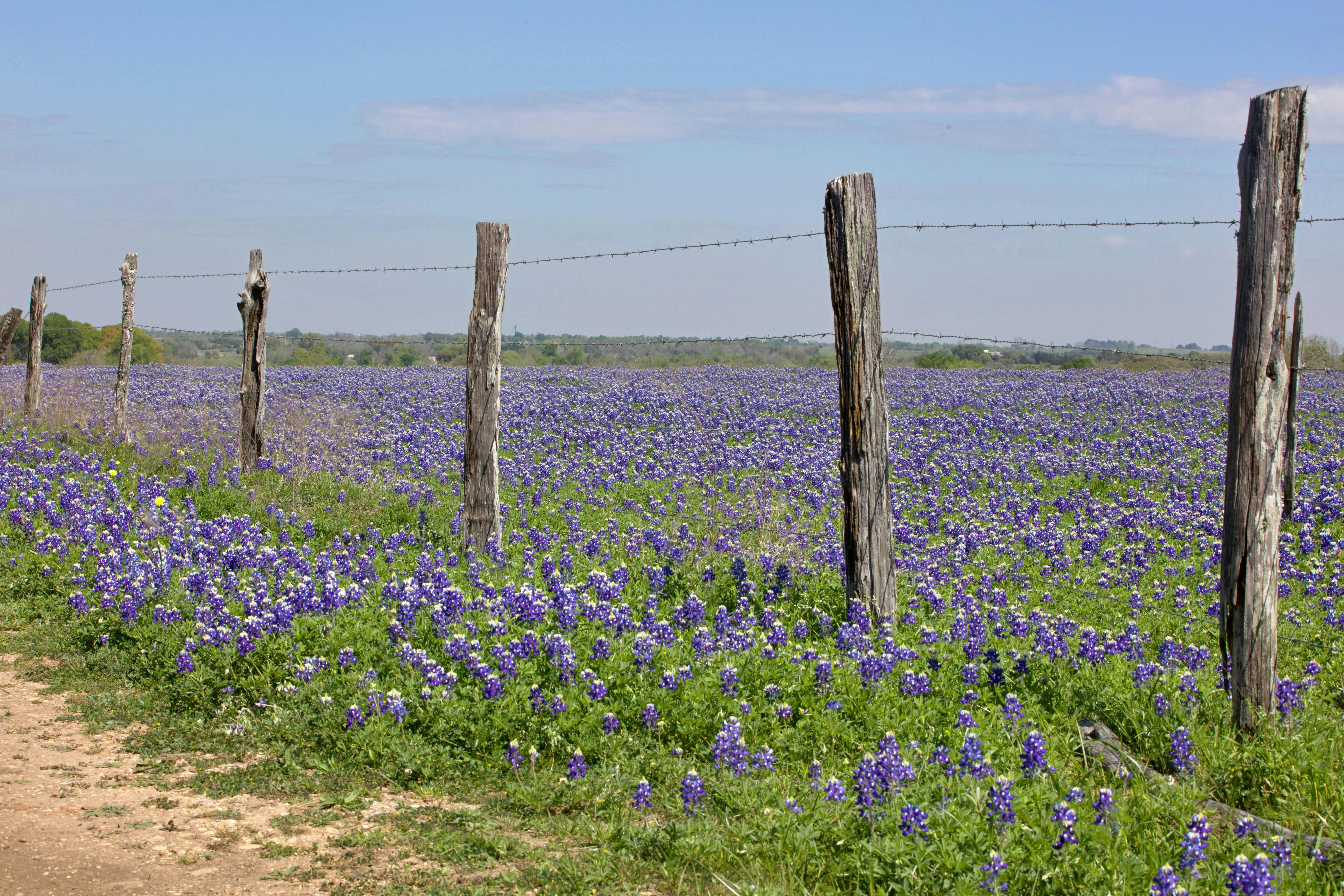Benefits of Native Landscaping for your HOA
Dallas-Fort Worth is located in the ecological sub region of North Texas called Cross Timbers. The Cross Timbers region has its own biodiversity with specific plants which are able to thrive in the region. These plants contribute the wildlife of North Texas and contribute to biodiversity as most Homeowners Association's bring in plants which are not native to the region. There are several reasons why it might be wise to consider changing your HOA landscaping. In this blog we will explore some of the advantages of changing your landscape as well as some plant ideas to consider.
Advantages to switching to native plants
Water Conservation is a huge plus to consider when as most native plants of the region have are drought-tolerant requiring far less water than non-native plants. Established native plants can thrive in hot and dry conditions which is a benefit when water restrictions are in place. The dramatic reduction of water can also of course save the budget of the HOA and conserve a valuable resource in a drought prone season as we all know can happen in Texas.
Native plants are also able to adapt to the local soils of North Texas such as the red dirt, clay and rocky region found in the area. Since the plants require less soil preparation which will save on the need for additional soil and more fertilizer as most non-native plants need in order to thrive. Another plus is erosion control since the grasses of Cross Timbers region have a significantly deeper root system which prevents the soil from eroding. Especially on slopped areas soil erosion can eventually become very costly.
Increasing biodiversity is another benefit to planting plants native to the Cross Timbers region. With the landscaping change native pollinators of the region, such as the bees, butterflies and birds, are able to find food, shelter and a living habitat. The increase in biodiversity helps to sustain the local ecosystem which rely on the native plant species. These plants also are able to withstand local pests and diseases so the need of chemical treatments and pesticides are not needed as often. The reduction of harmful chemicals leads to healthier plants seen in an eco-friendly landscape.
Native Plants to Consider
- Texas Sage (Leucophyllum frutescens)
- Autumn Sage (Salvia greggii)
- Mexican Brush Sage (Salvia leucantha)
- Blackfoot Daisy ((Melampodium leucanthum)
- Rock Rose (Pavonia lasiopetala)
- Turk’s Cap (Malvaviscus arboreus var. drummondii)
- Red Yucca (Hesperaloe parviflora)
- Texas Yellowstar (Lindheimera texana)
- Mexican Hat (Ratibida columnifera)
- Mexican Plum (Prunus mexicana)
- Texas Red Oak (Quercus buckleyi)
- Post Oak (Quercus stellata)
- Live Oak (Quercus virginiana)
- Creek Sedge (Carex blanda)
- Cedar Sedge (Carex planostachys)
As you have read, switching your HOA's landscape from non-native plants to plants native to the Cross Timbers sub region ecosystem of North Texas has many benefits. The benefits range from saving the HOA's money, decrease in water consumption to keeping biodiversity high in your neighborhood which benefits the ecosystem. If you are considering these landscaping changes reach out to PMI Cross Timbers and we can walk you through the next steps. Remember these changes can benefit not only the HOA's budget but also the landscape around your community.


